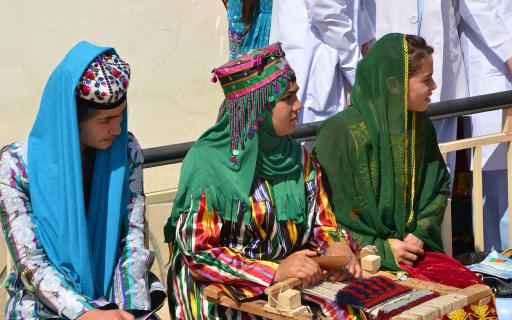
Join us on Facebook!
And keep updated with our tour promotions, or follow us on
Join us on Facebook!
And keep updated with our tour promotions, or follow us on
Embark on a journey through the Silk Road, where ancient paths unfold, revealing timeless wonders and the enduring spirit of adventure.
Join us on Facebook!
And keep updated with our tour promotions, or follow us on